A team of researchers has unveiled a new device that could transform quantum technologies, particularly those based on nitrogen-vacancy centers in diamonds. These centers are poised to revolutionize fields such as biomedicine, where they can detect subtle neuronal currents in the brain, and material science, enabling atomic-scale investigations of material properties.
Nitrogen-vacancy centers are atomic-scale defects in diamond with remarkable sensitivity to their environment, making them ideal for precise measurements of magnetic and electric fields, temperature, and strain.
However, to unlock their full potential, electrons in these centers must be placed in highly specific quantum states. Achieving this requires a carefully engineered magnetic field — a challenge that has long been hindered by the inefficient and impractical designs of devices known as antennas, which generate the magnetic fields.
In a study published in Advanced Quantum Technologies, an international team led by Ruben Pellicer-Guridi at Spain’s Centro Física de Materiales has introduced a new antenna that not only generates an optimized magnetic field to put electrons into the required quantum states, but is is also energy-efficient, cost-effective, and easy to manufacture.
Nitrogen-vacancy centers and quantum sensing
When a nitrogen atom replaces a carbon atom in the diamond lattice, it creates a defect in the crystal structure. The unique properties of this defect arise from the specific energy levels of the electrons associated with it. These energy states are particularly sensitive to external influences, such as microwave magnetic fields and environmental changes, including strain or nearby electric fields.
It is the interaction between these electron energy states and their surroundings that gives rise to the fascinating characteristics of nitrogen-vacancy centers. These imperfections are incredibly sensitive to external conditions because environmental changes, such as magnetic fields, electric fields, or temperature shifts, alter the energies of electrons localized at these centers, disrupting their stability and enabling precise sensing capabilities.
These energy changes can be measured by measuring changes under laser radiation, where the centers emit light, with the wavelength of the radiation directly correlating to the energy levels of the electrons. This sensitivity enables highly accurate measurements, making nitrogen-vacancy centers powerful tools for quantum sensing.
“Their robustness, wide working temperature range, and optical addressability make them attractive candidates for practical applications in diverse fields,” the researchers wrote.
Creating the precise magnetic field needed for nitrogen-vacancy centers to operation properly is no small feat. Traditional antennas used to generate such fields, such as simple current-carrying loops, struggle to create uniform magnetic fields, which decreases the sensitivity of the device, increases power and heat, and makes scaling inefficient. .
For example, when sensing is performed over a large area, such as during magnetic field mapping or biological imaging, the field must remain consistent across all centers. Additionally, some applications demand specific magnetic field polarizations — the direction the field points in space. Conventional antennas typically produce linear polarization, where the field points in a single direction, but quantum sensing often requires more complex polarization patterns.
While researchers have proposed various sophisticated antenna designs over the years, these solutions have failed to strike the necessary balance between field strength, uniformity, energy efficiency, and ease of production.
A novel antenna design
To tackle this issue, the team opted for a circular patch design, which was anticipated to generate a more uniform magnetic field. To validate this assumption and determine the optimal antenna parameters, the researchers started with a computer simulation of the magnetic field produced by this type of antenna.
The resulting circular design had a diameter of 14.12 mm, and included a square hole at its center to accommodate diamond samples up to 3 x 3 x 0.5 mm³ — sufficient for most commercially available nitrogen-vacancy diamonds. The current was fed to the antenna through two contacts, allowing for various polarizations of the magnetic field by adjusting the relative properties of the currents. Specifically, by controlling the amplitude, phase, or direction of the currents at the feeding points, the resulting magnetic field can be precisely shaped.
“The feeding ports are connected to the outer edges of the circular patch, allowing surface currents to run through the patch without disturbance,” the scientists wrote. “This configuration ensures that the strongest magnetic field is created in the middle of the patch.”
After successful simulations, the team manufactured the antenna and rigorously tested it. The real-world results aligned closely with the predictions, demonstrating strong and homogeneous magnetic fields with the required frequency and polarization.
“Our results show that our antenna design offers a good compromise compared with other antennas used in nitrogen-vacancy center measurements,” the researchers wrote. “Our design doubles the power efficiency, offers improved optical access and, most importantly, is robust against the variability of external hardware components.”
One of the most notable achievements was the field homogeneity. The team reported an inhomogeneity of just 14% within a 1 mm³ volume, enabling the simultaneous operation of large ensembles of nitrogen-vacancy centers in bulk diamond.
While the new antenna design represents a potential step forward, the researchers are already considering ways to enhance it further. One proposed modification involves increasing the number of current feed points from two to four, which could improve field uniformity. However, this adjustment might reduce the device’s energy efficiency.
Accelerating quantum sensing and beyond
To maximize the impact of their work, the team has made their design open-source, allowing researchers worldwide to replicate and build upon their findings.
“Being aware that […] antennas are one of the few elements not available off-the-shelf, we offer open-source the files required to reproduce the antenna and accelerate scientific progress and reproducibility,” the researchers wrote. “Thereby, given its performance, versatility, robustness, and accessibility, this antenna can be the go-to solution for many nitrogen-vacancy setups in many labs.”
This new design could also open the door to broader adoption in research and industry. As scientists continue to explore its capabilities, this innovation could revolutionize applications ranging from materials science to biomedicine, further cementing the role of nitrogen-vacancy centers as a cornerstone of quantum technology.
Reference: Ruben Pellicer-Guridi et al, Versatile Quadrature Antenna for Precise Control of Large Electron Spin Ensembles in Diamond, Advanced Quantum Technologies (2024). DOI: 0.1002/qute.202400142
Feature image credit: geralt on Pixabay

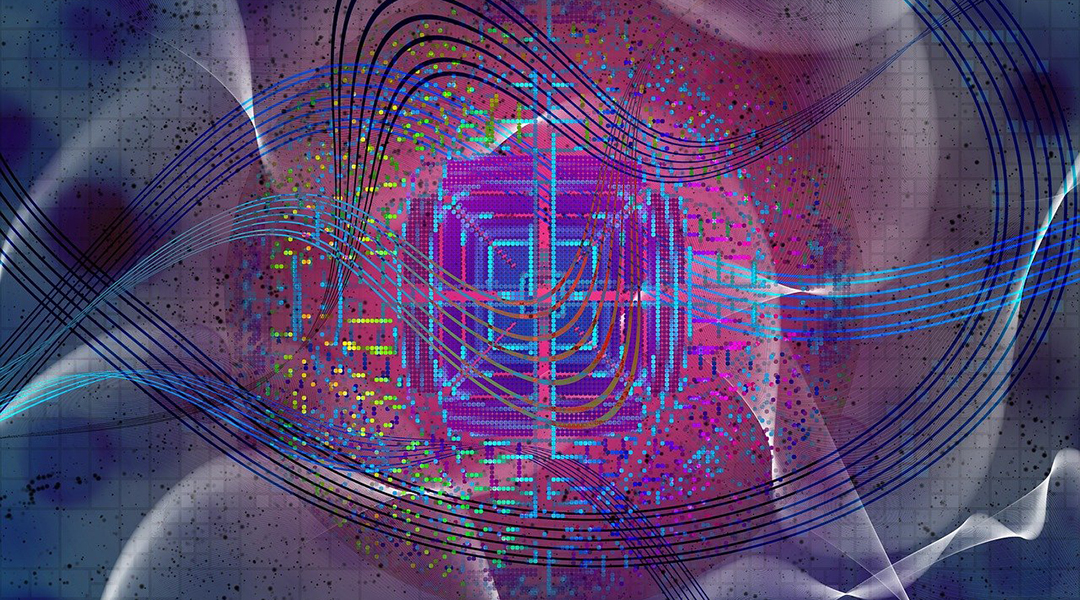
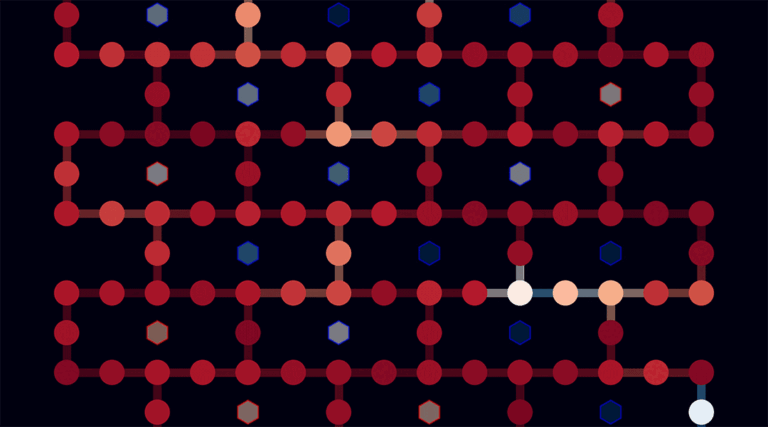


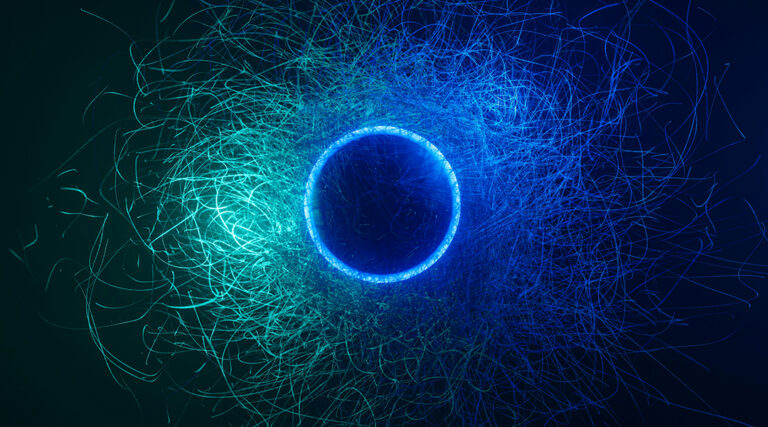

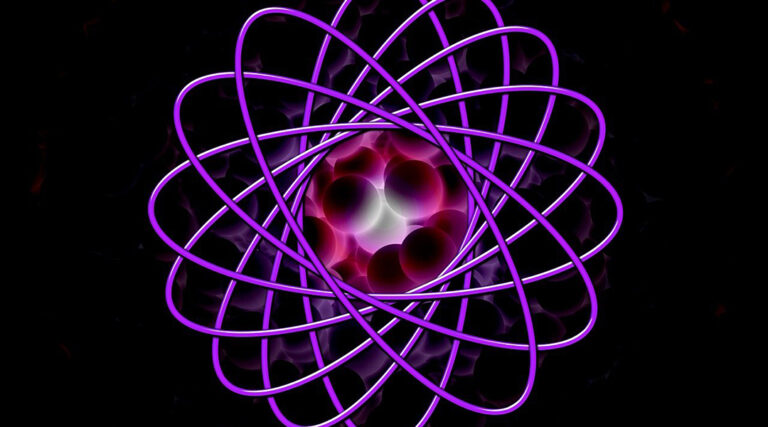

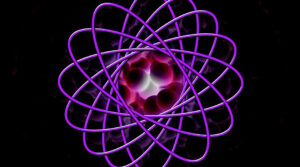
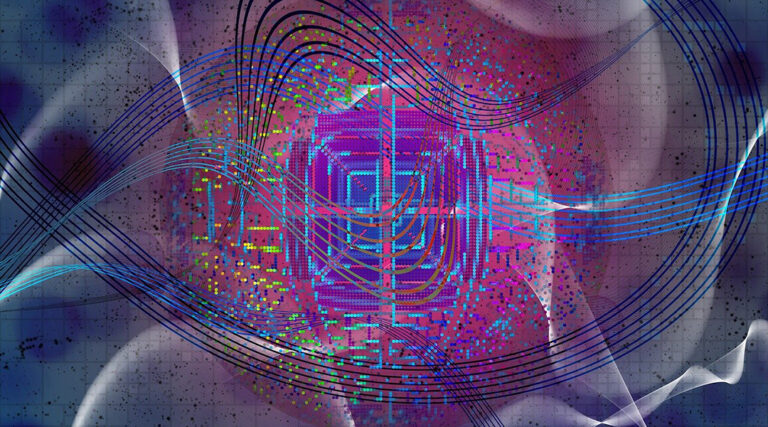

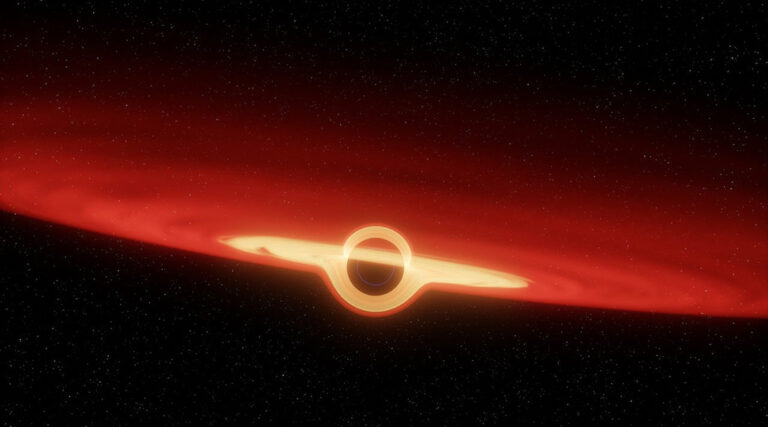
+ There are no comments
Add yours